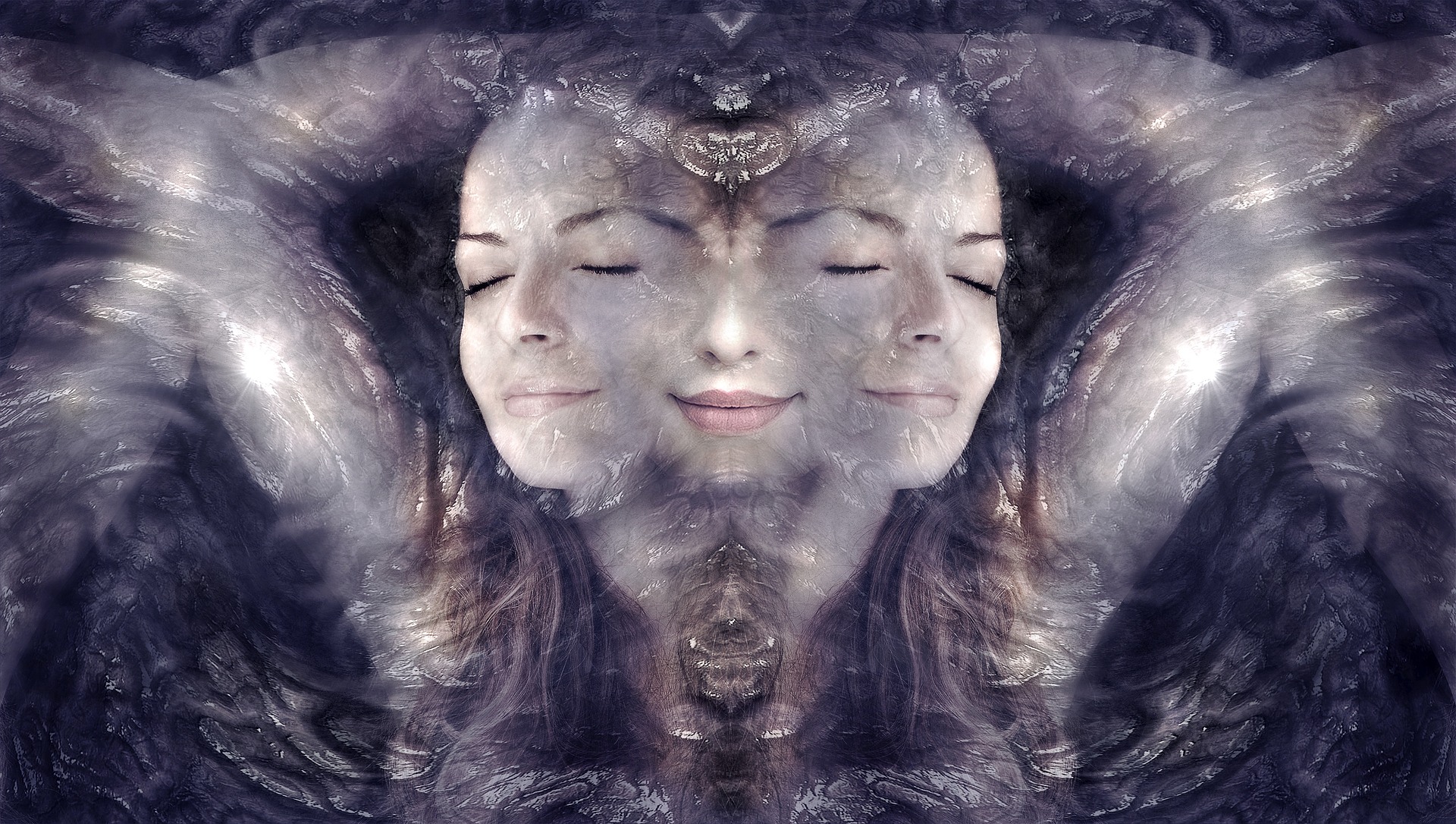An Introduction to Dreamwork Psychology
Historically there has been a big tendency to impose on dreams to get meaning a Symbol System. In psychology it is their personality theory, like the Jungian anima-animus or shadow-persona. Such imposing of a symbol system onto dreams to produce dreamwork is likely to be highly distracting, taking people away from direct re-experiencing of the dream and not towards it.
